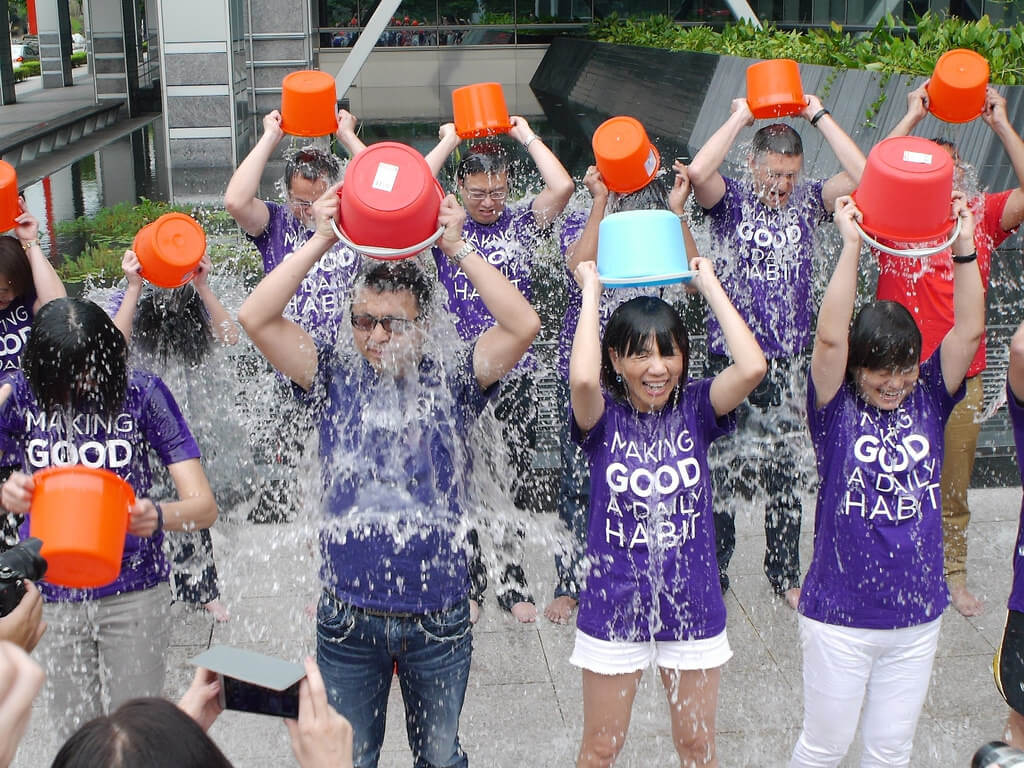In the summer of 2014, an internet sensation took off as a way to raise awareness for Amyotrophic Lateral Sclerosis, otherwise known as Lou Gehrig’s disease. Millions of people all over the world took part in the “ice bucket challenge,” in which they poured buckets of freezing water over their heads and the heads of their friends as a means for spreading word about ALS, and raising donations.
While the origins of this challenge are somewhat hazy, being attributed to multiple people and organizations, it was perhaps most popularized by former Boston College baseball player Pete Frates. Frates was diagnosed with ALS in 2013, and with the help of his friends, became an advocate and raised funds for the disease, promoting the ice bucket challenge in particular. Not long after, celebrities all over the United States began posting videos of themselves taking part in the challenge, which sparked the nationwide phenomenon. Former president Barack Obama, LeBron James, and Justin Bieber are just a few huge names to participate.
Through the power of social media, word of the ice bucket challenge spread like wildfire, with more than 17 million people taking part, and 2.5 million U.S. citizens donating over $115 million to the ALS Association. With so much funds raised, participants may wonder how exactly their contributions were used, and how they were able to make a difference. Luckily, the association is taking full advantage of all the money donated.
Of the enormous amount of money donated, the ALS Association put $77 million toward research of the disease. Numerous studies have yielded positive results in the treatment of ALS, and provided stepping stones to finding a cure. One such study found that ALS treatment in our canine companions can actually benefit humans as well.
$23 million was dedicated to patient and community services. These can range from increased grants for improved treatment in patients suffering from ALS, to support groups developed throughout communities for patients and their families. The ALS Association has invested this money for the betterment of all those affected by the disease, and many benefits have already begun to show. In Pennsylvania, for example, caregivers are now able to receive free training sessions, and family members who have lost loved ones to ALS are offered grief counseling for no cost.
$10 million was given to public and professional education. This effectively spreads awareness far and wide enough to reach Congress, which can lead to an increased support of ALS research. It can provide a better understanding for certain researchers and companies so that they are able to direct their efforts more precisely and effectively.
Of the last of the donations, $3 million was put toward fundraising, and the remaining $2 million was for external processing fees, showing that only 2% of the money given to the ALS Association was used for outside fees. The efforts and contributions of the millions of people that took part in the ice bucket challenge did not fail, and successfully raised not only an enormous amount of money, but awareness throughout the world.

